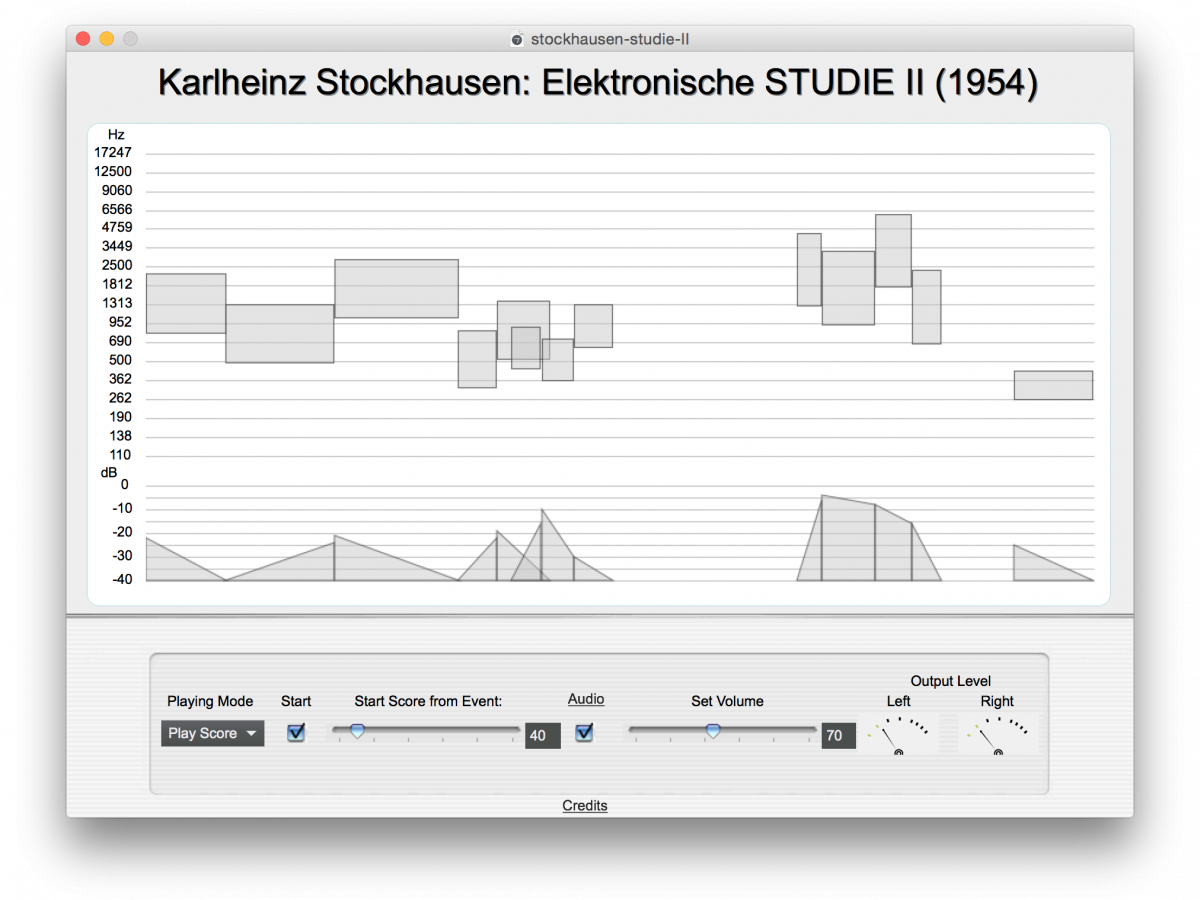Workshop: Introduction to Max
Published
Sign up!
Participation in the workshop is free. Sign up by sending a mail to trond.lossius@bek.no with a brief biography and motivation. If you have specific projects or interests that you want to use Max for, please let us know, so that we can plan the workshop accordingly.
Practical details
The workshop will run November 16-20 1000-1600, and consist of a mix of teaching, excersises and creative work on your own projects. Time will be set aside for supervision on the individual projects of each of the participants.
Participants are expected to bring their own Mac or Win laptop/PC. A 30-day fully functioning demo version of Max 7 can be downloaded from Cycling’74. If you don’t have access to a laptop of your own, please let us know.
About Max
Patching is how you make things work in Max. Connect boxes together to make interactive sounds, graphics, custom effects, and rich experiences. Patching is like programming, but more organic and immediate. No matter what you have on your table, you can probably make it talk to Max; Arduino, controllers, synthesizers, DMX lighting, projectors and live inputs.
Max is built on the idea of connecting things together to make something new. Connect plugins, media players, and custom DIY effects, or build something completely from scratch. Embed Javascript, Java, GLSL shaders, or compile your own C objects if you like programming too. Max provides everything from the most basic nuts and bolts to advanced effects modules that are ready to use. Mix, match, and tinker without limits. We thrive in the unexpected and improbable. Quickly patch together an idea, make a working prototype, or develop a complex interactive system. Patching in Max encourages exploration and invites you to change your mind.
Max is the language of Electronic Art and Music. Today Max is used all over the world in museums, music studios, galleries, universities, art schools, stages, research labs, and anywhere the limits of technology and creativity are being tested.


